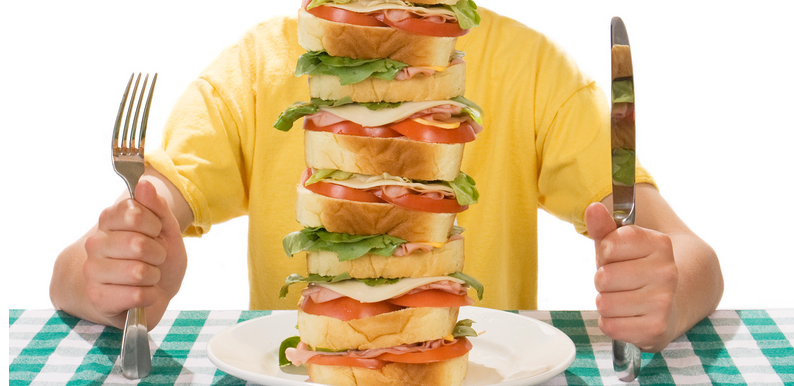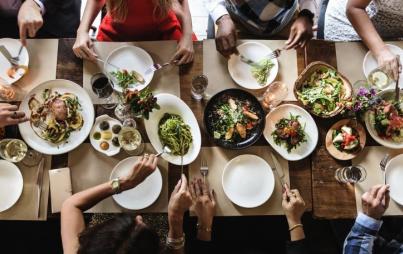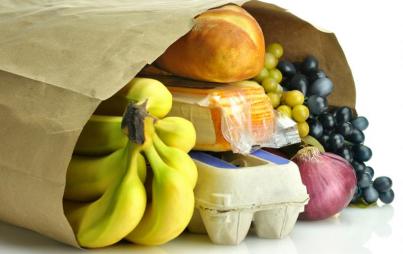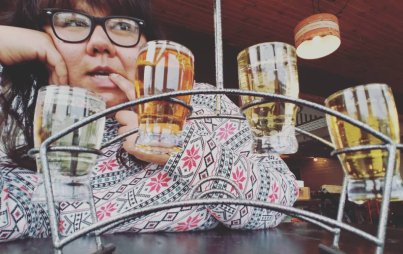
We know that fad diets just don’t work and that to truly lose weight and keep it off, you need to eat right (whatever that means) and exercise. So why is it still so damn hard to lose weight?
So much of our eating isn’t about the food or our body—but our minds. We eat when we’re not hungry, because we’re bored, because it tastes good, because other people are eating, because it’s just. there. Most dieters find that the hard part isn’t getting used to the taste of Brussels sprouts, but instead exercising willpower to stick with it. (In fact, some studies now claim that this willpower, or “grit,” is the most important characteristic for future generations’ de-fat success!)
Luckily, there are a few little cheats you can use to trick yourself into eating less. The latest tip comes from Italian research published in the journal Appetite showing that the color of your plate affects how much food you’re likely to pile on that bad boy.
Earlier studies had shown that when the plate is the same color as your food (say, a white plate full of alfredo-covered spaghetti), you’re more likely to sparingly scoop out a scant helping, whereas when the plate and food are different colors, you’re more likely to serve a huge ol’ heapin’ helpin’ of the food. Researchers also sussed out that it wasn’t the contrast of the food against the plate that mattered either. Instead, they found that subjects consumed less from a red plate—no matter what the color of the food was.
Is there some subliminal “stop!” message at work here with the red plate? If so, this is especially surprising given that red is frequently credited with increasing one’s appetite.
(Before you go out and buy all red dinner plates, know that the researchers warn that this study was limited and really needs further work before we can definitively say whether red plates will help you lose weight.) We talked last week about how our brains assume that softer foods are more caloric (and therefore more indulgent) than hard or crispy foods. What other mind-manipulations can you use to help you stay strong?
So glad you asked!
Use a smaller plate. Whether it’s red or not, smaller plates (or bowls) mean smaller servings. Study participants given larger bowls served themselves 16% more than those given smaller bowls, yet estimated their consumption at 7% less than the group eating from smaller bowls. So not only does a small dish limit your serving size, it tricks you into thinking you ate more than you did! And while we don’t want you to starve yourself, those extra few minutes might be enough time for your stomach to get the message to your brain that it’s already full.
Use a bigger fork. One study showed that participants who used larger forks left more food on their plates than participants using smaller forks. It appears that the bigger fork makes it look like you’re putting a bigger dent in the food on your plate, which tricks your brain into thinking you’ve eaten more than you have. Note: This is only true when you’re eating a regular meal—for snacks, it’s best to use a smaller fork.
Drink water. Of course it’s good to stay hydrated throughout the day, but drinking a glass of water before a meal can also help curb your eating. See, our body’s signal for dehydration is actually really similar to its signal for hunger, and satiating your thirst first will ensure you can listen to your body’s cue for when it’s full.
Color-coordinate your tablecloth to your plates. Research shows that matching the color of your tablecloth to the color of your plates also causes you to eat less. Due to the Delbouef illusion, this tricks your brain into thinking you’re eating more food!
So there ya have it. A few mind-games that just might be worth playing.






